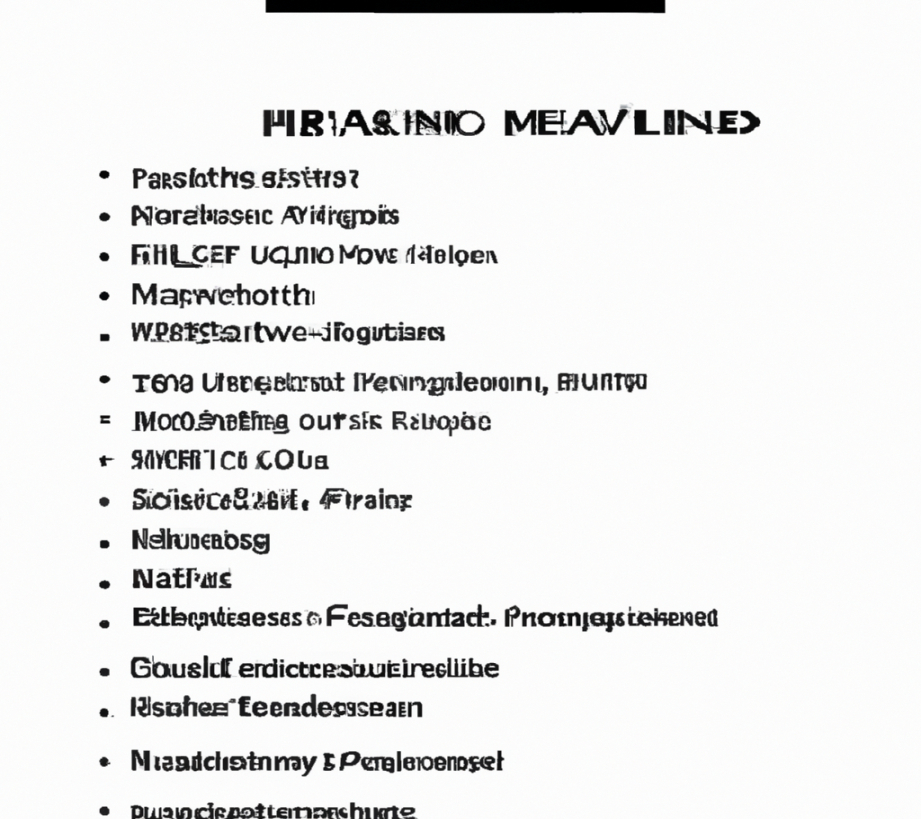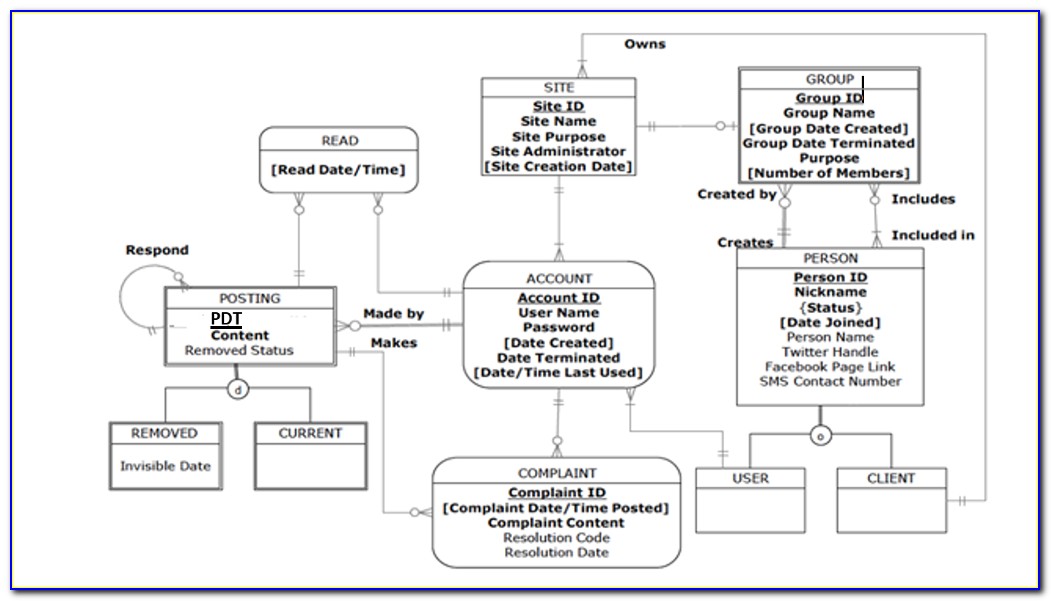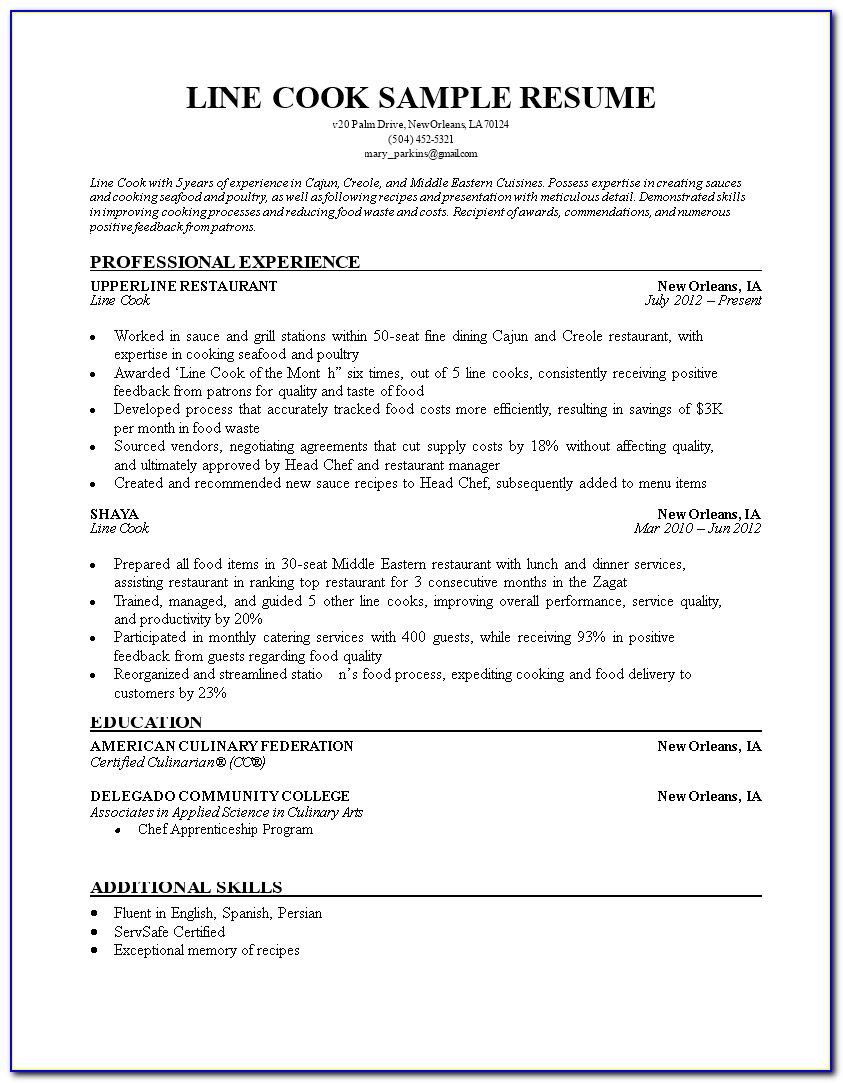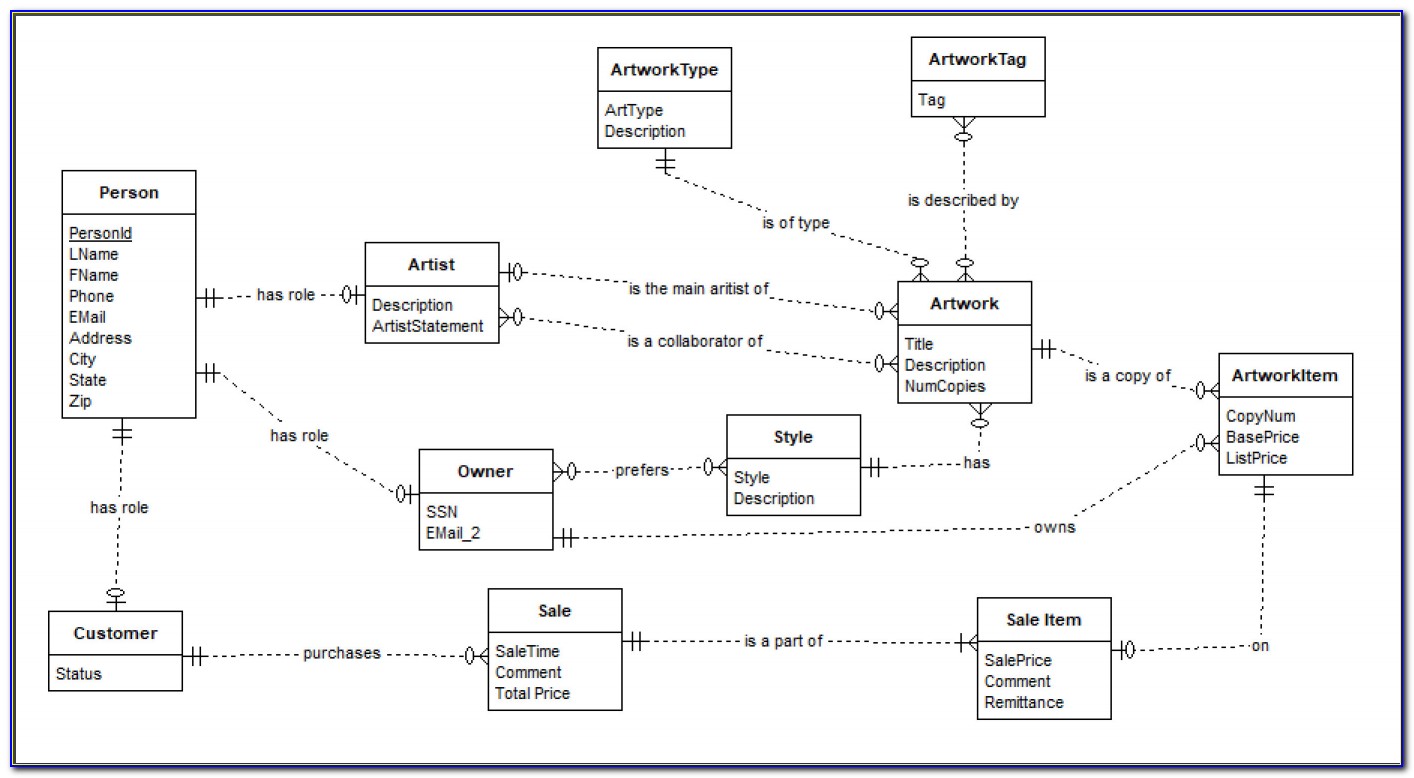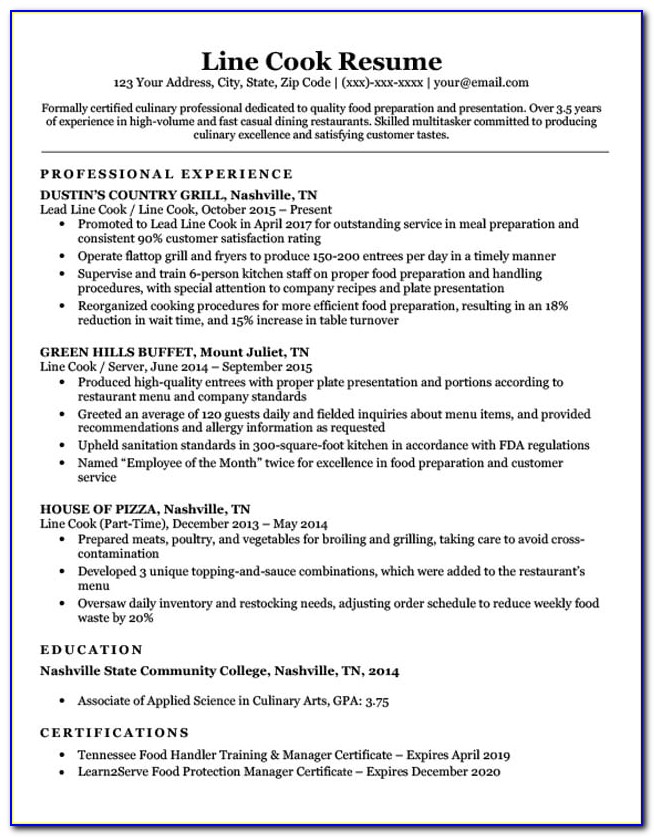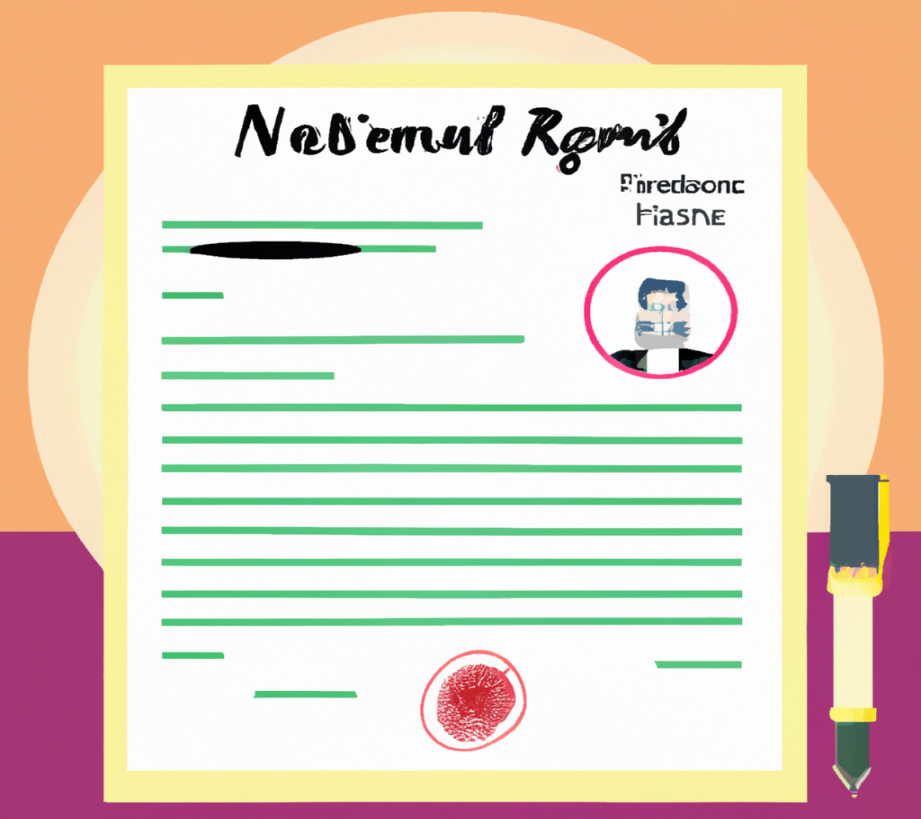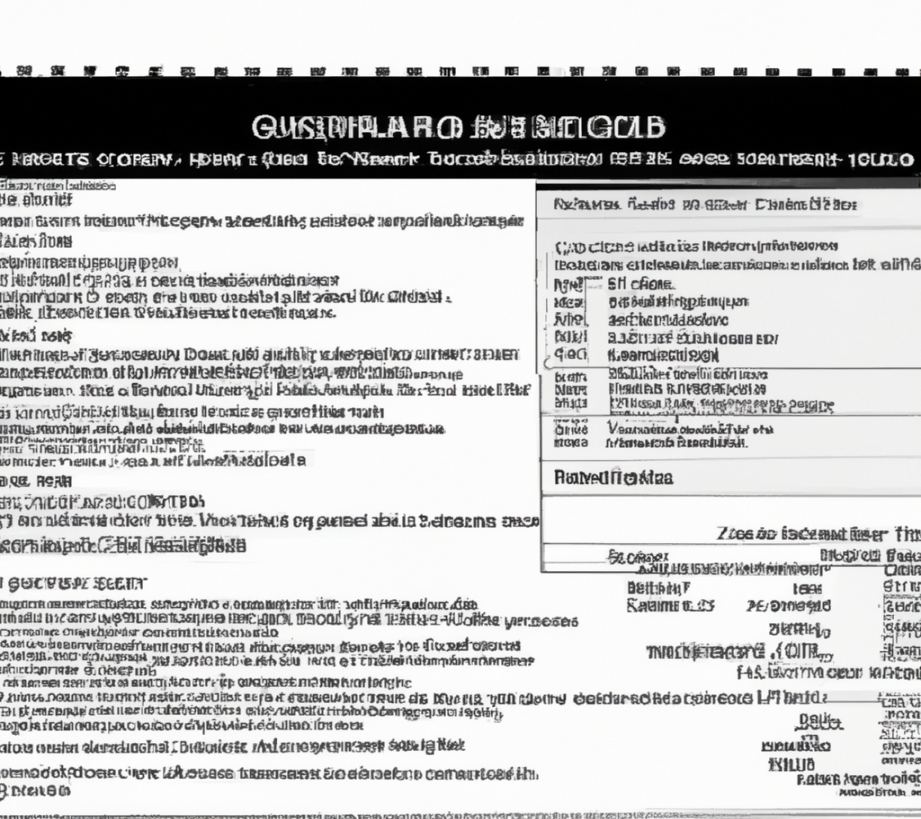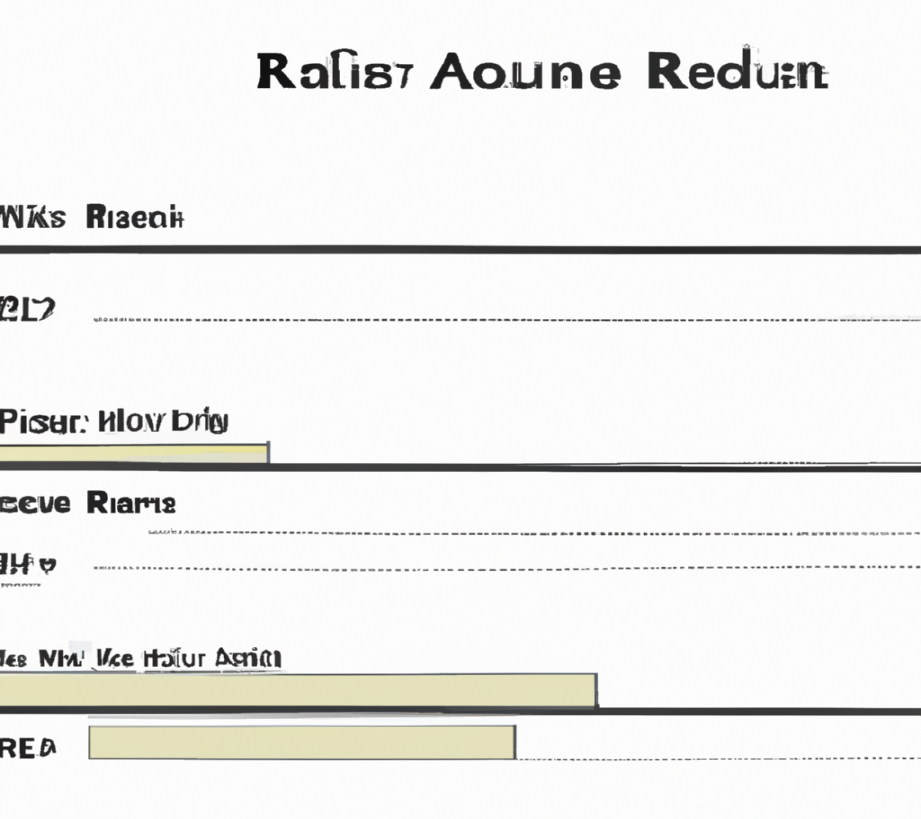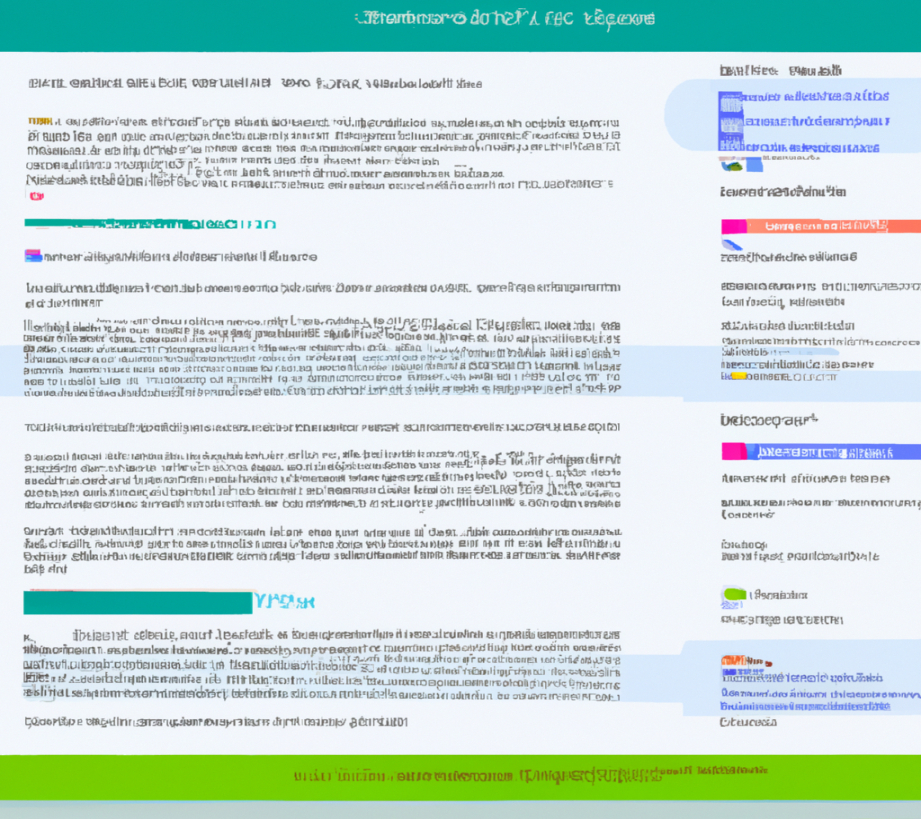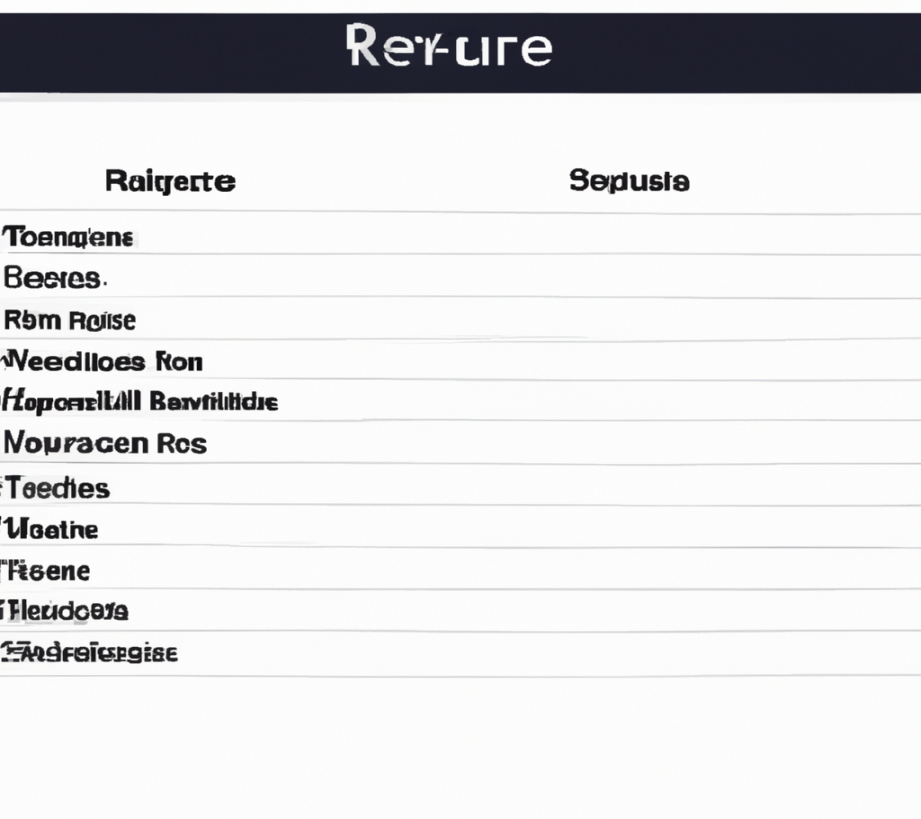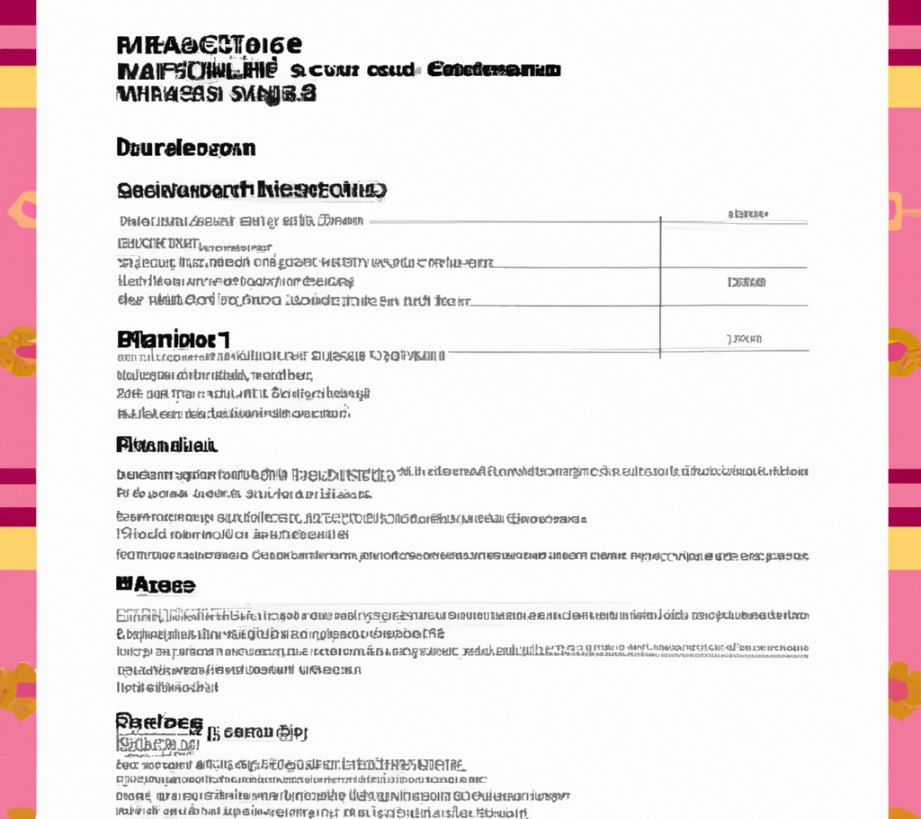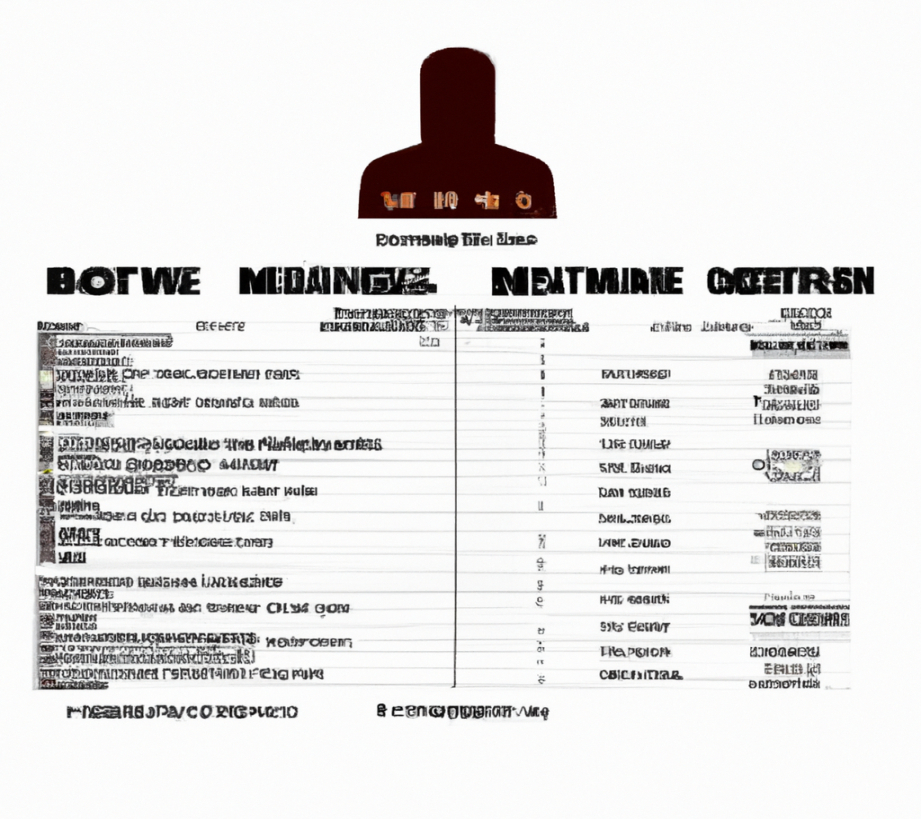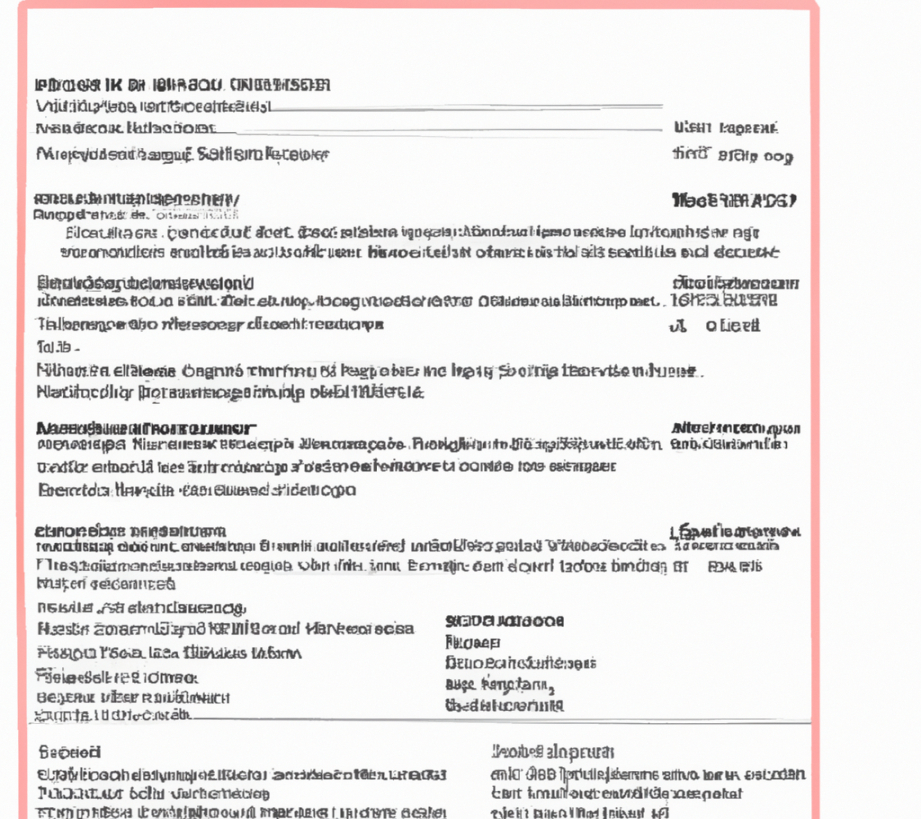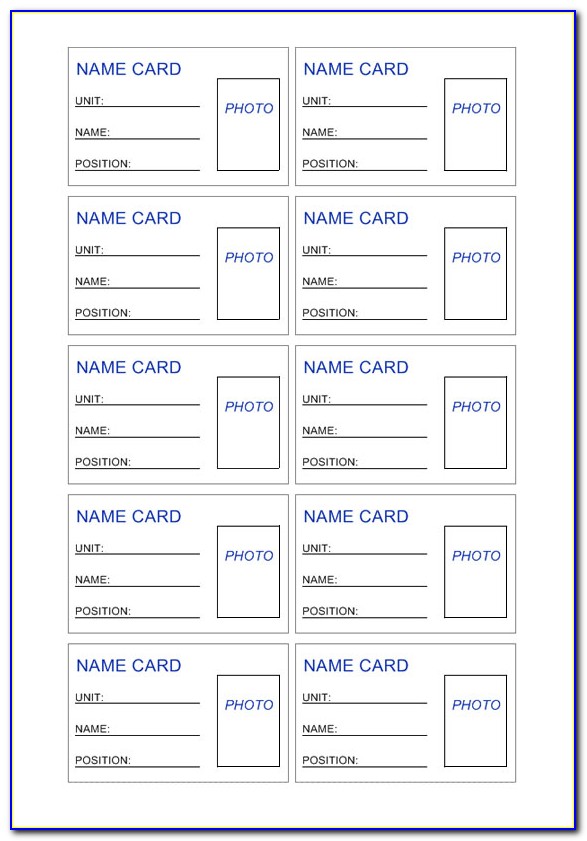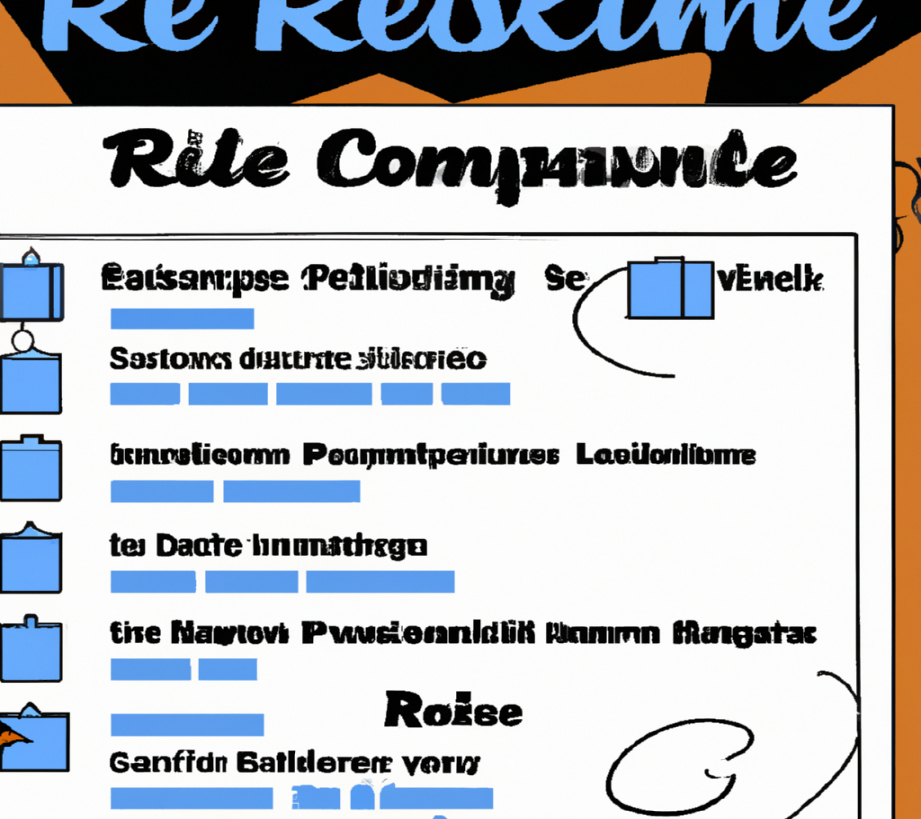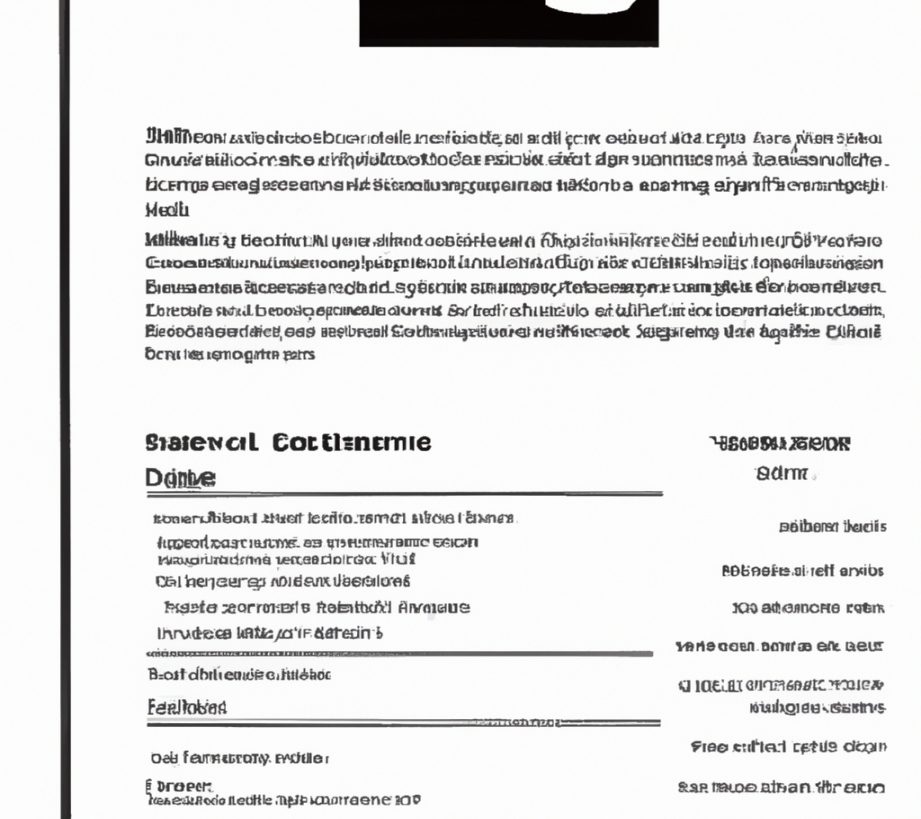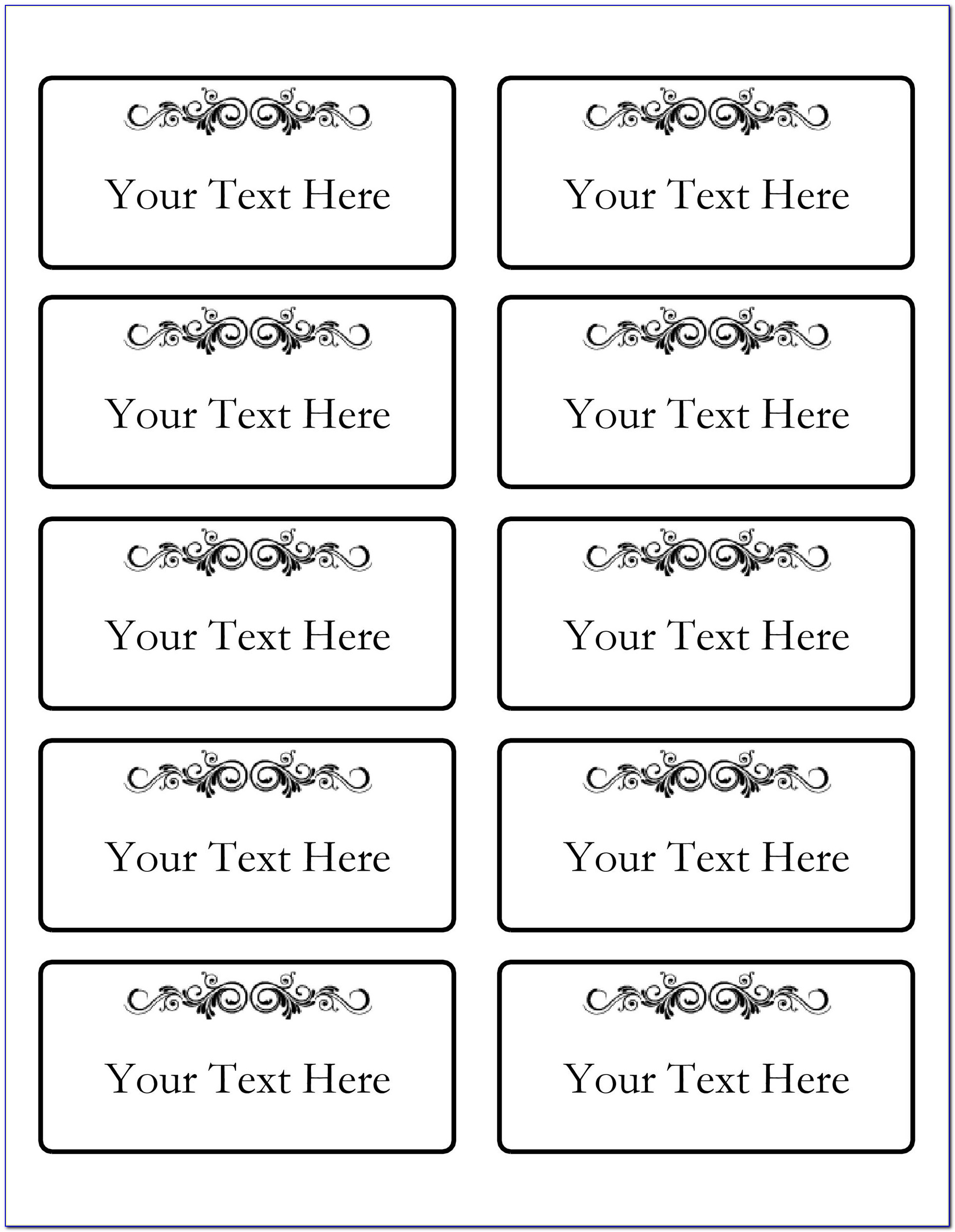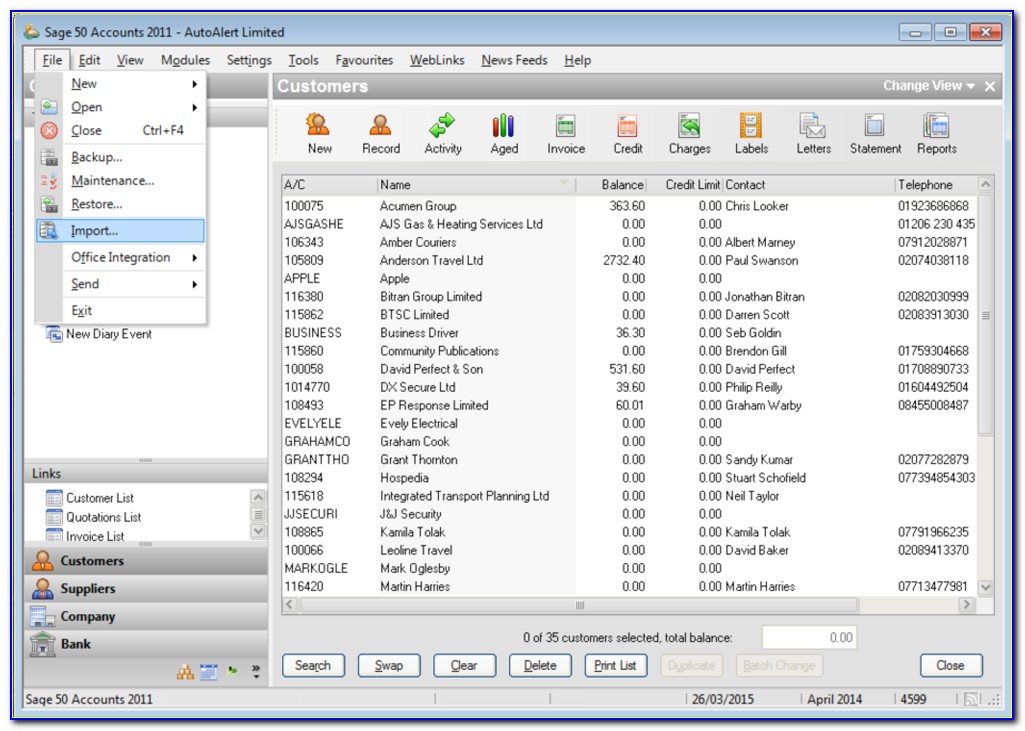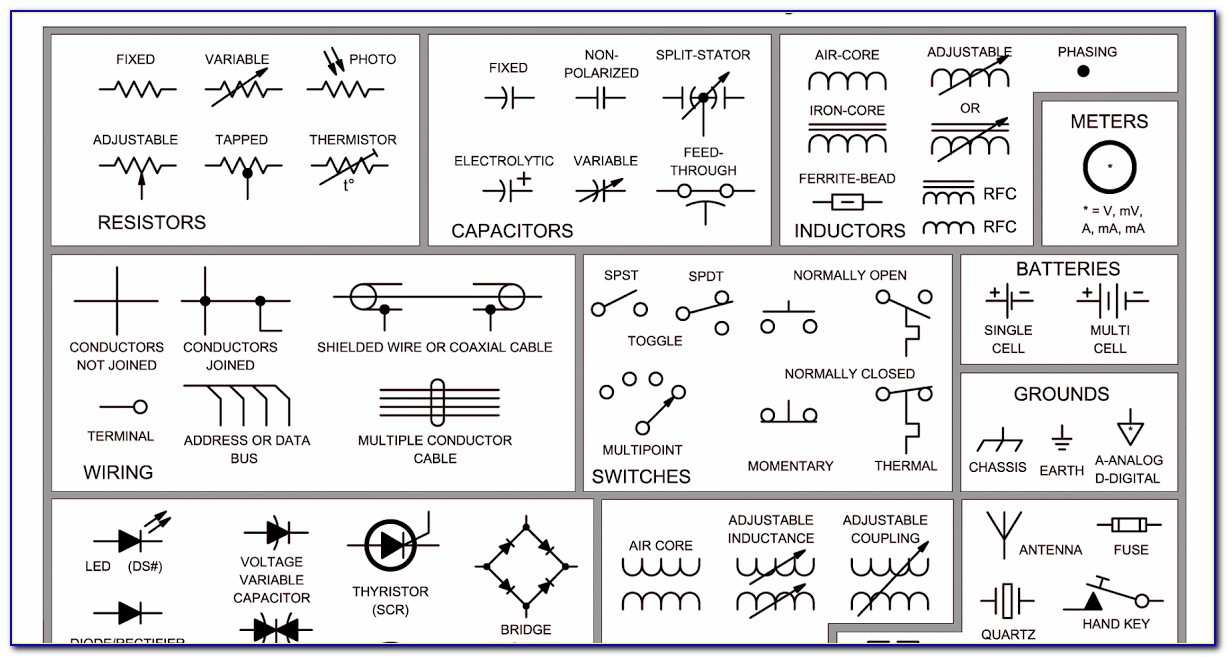The Importance Of Line Spacing On A Resume: How It Affects Readability And Professionalism
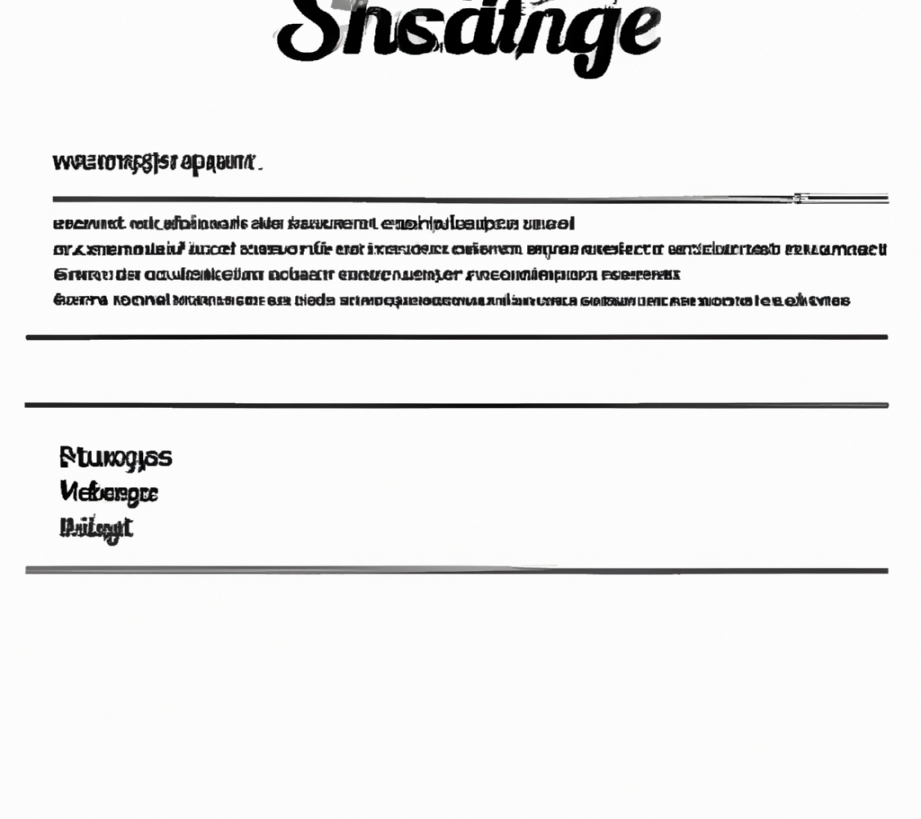
Image Source: windows.net
Table 1: Outline of the Article
Heading | Subheading
——–|———–
Introduction | Explanation of line spacing and its importance in a resume
What is line spacing? | Definition and examples
Why is line spacing important in a resume?| Exploring its significance
Ideal line spacing for a resume| Suggesting recommended line spacing
Different types of line spacing| Explain different types and their usage
Tips for setting line spacing on a resume| Providing valuable tips to set spacing effectively
How to set line spacing in Microsoft Word?| Step-by-step guide
Common mistakes to avoid while setting line spacing| Highlighting mistakes to steer clear of
Importance of consistency in line spacing| Emphasizing the need for uniformity
Conclusion| Final thoughts on line spacing in a resume
Table 2: The Article
# Importance of line spacing on resume
In today’s competitive job market, a standout resume is critical to catch the attention of a hiring manager. A well-structured and organized resume increases the chances of getting an interview call. One essential aspect of an impressive resume is line spacing.
### What is Line Spacing?
Line spacing refers to the vertical space between two consecutive lines of text. It is the distance between the baseline of one line of text and the baseline of the line that follows it. It helps in distinguishing between the different lines of text and improves readability.
### Why is Line Spacing Important in a Resume?
Appropriate line spacing is crucial to make your resume visually appealing and easy to scan. It prevents the resume from looking cluttered and disorganized. Moreover, the right balance of line spacing plays a crucial role in highlighting the essential details.
### Ideal Line Spacing for a Resume
The ideal line spacing for a resume is between 1.15 to 1.5. This spacing range ensures that the text is legible, and there is enough white space. However, the choice of line spacing depends on the font style, font size, and the length of the resume.
### Different Types of Line Spacing
There are different types of line spacing styles that you can use in your resume. Single spacing is the default spacing in most word processors. Double spacing is used for academic documents, such as research papers. One-and-a-half spacing is a popular choice for resumes as it allows enough white space without making the text look cramped.
### Tips for Setting Line Spacing on a Resume
– Use 1.15 to 1.5 line spacing.
– Make sure there is enough white space, but don’t overdo it.
– Avoid using large gaps between the lines.
– Ensure that the line spacing is consistent throughout the document.
– Use a font size of 10-12 points.
– Use a font style that is easy to read, such as Times New Roman, Arial, or Calibri.
### How to Set Line Spacing in Microsoft Word?
– Select the text you want to change the line spacing for.
– Go to the Home tab, click on the Line and Paragraph Spacing option, and select the desired spacing.
– Alternatively, you can use the shortcut key ‘Ctrl’ + ‘1.5’ or ‘Ctrl’ + ‘2’ to set the line spacing.
### Common Mistakes to Avoid While Setting Line Spacing
– Using irregular spacing that makes the document look cluttered.
– Setting the spacing too wide, making the text look stretched out.
– Using different line spacing styles in different sections of the document.
– Using small font size to fit more text in a small space.
### Importance of Consistency in Line Spacing
Consistency in line spacing is critical to maintain the flow and readability of the document. Irregular spacing can make the document look unprofessional and impact the reader’s perception of you as a candidate. Therefore, it is essential to maintain uniformity in line spacing throughout the document.
### Conclusion
In conclusion, line spacing plays a vital role in making a resume visually appealing and easy to read. The right balance of line spacing can highlight the essential details and make the resume stand out. By consistently following the recommended line spacing, you can make your resume look more professional and increase your chances of getting an interview call.
### FAQs
1) Is it necessary to use 1.5 line spacing in a resume?
No, it is not mandatory to use 1.5 line spacing. The ideal line spacing range is between 1.15 to 1.5, but it depends on the font size, style, and length of the document.
2) Can I mix different line spacing styles in my resume?
No, it is not recommended to use different line spacing styles in different sections of the resume. It can make the document look unprofessional and impact the reader’s perception of you as a candidate.
3) What is the default line spacing in Microsoft Word?
The default line spacing in Microsoft Word is single spacing.
4) Can I use a font size smaller than 10 points in a resume?
No, it is not advisable to use a font size smaller than 10 points as it can make the text hard to read.
5) Is it necessary to use a specific font style in a resume?
No, it is not mandatory to use a specific font style. However, it is recommended to use a font style that is easy to read, such as Times New Roman, Arial, or Calibri.
Tags :
